Sony KD-75XE9405 Review
Sony KD-75XE9405
A stunning home cinema display for a seriously tempting price
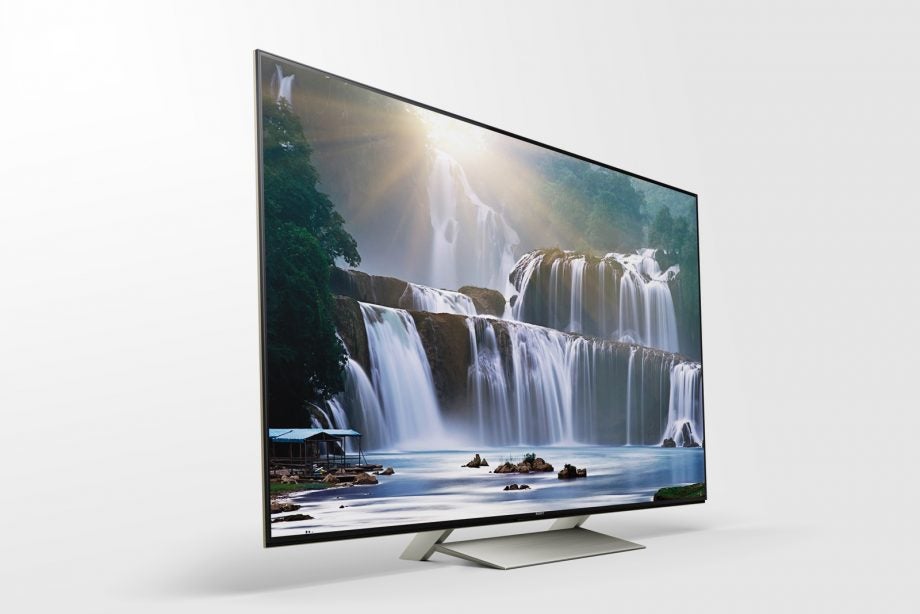
Verdict
Pros
- Gorgeous HDR and SDR picture quality
- Strong value for what’s on offer
- Space-saving design (for a 75-inch TV!)
Cons
- Limited effective viewing angle
- Android TV is still clunky
- Occasional slight silhouetting effect with HDR
Key Specifications
- Review Price: £4900
- 75-inch LCD TV with native 4K resolution
- Direct lighting with local dimming Dolby Vision (upcoming)
- HLG and HDR10 HDR support
- Multimedia playback via USB and DLNA Networks
- Android TV Smart System
What is the Sony KD-75XE9405?
There are four things you need to know about the Sony KD-75XE9405 TV.
First, it’s 4K. Second, it already supports the HDR10 and Hybrid Log Gamma high dynamic range formats, with Dolby Vision to follow later this year. Third, it uses a direct LED backlighting system with local dimming. And finally, its screen is really, really big: 75 inches.
Add to this a far-from-unreasonable £4,900 price tag, and it looks like Sony might just have hit home cinema gold.
Related: Best TV
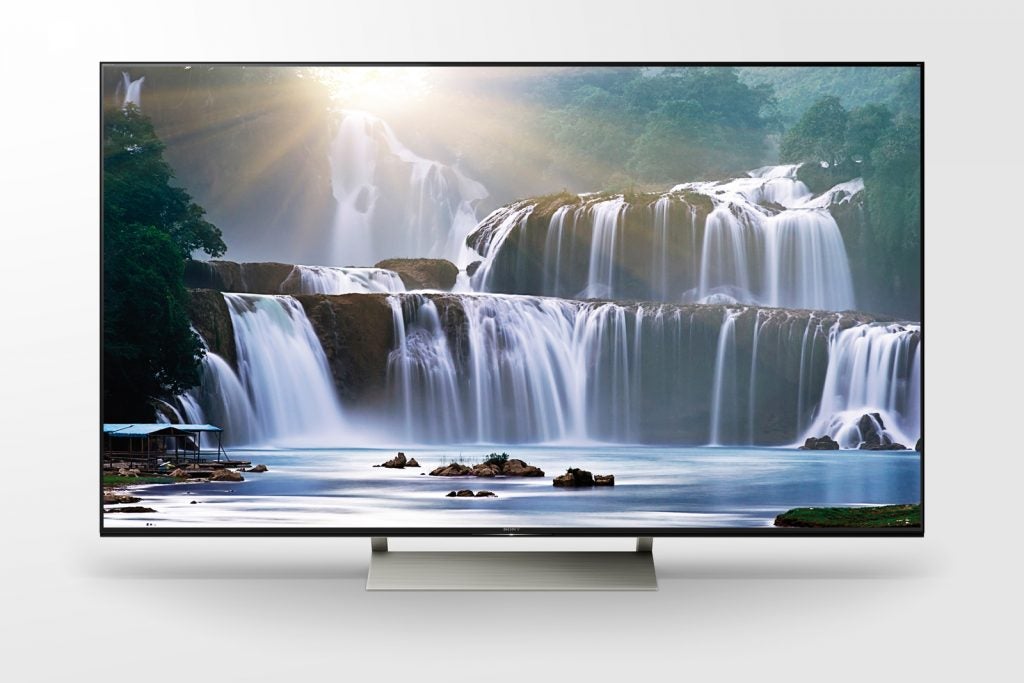
Sony KD-75XE9405 – Design and build quality
The XE9405 is all about the screen. The trim around it is impressively slender considering the acreage of screen it’s supporting (it measures W1673 x H962 x D62mm), and its black colour means the bodywork is essentially invisible in the fairly dark room conditions to which the TV is best suited.
The screen feels impressively robust and heavy-duty, despite the thin frame – a result, perhaps, of the way the black front trim is fixed to a silver rear trim that also creates a nice two-tone effect if you’re looking at the TV from the side.
Unless you’re wall-mounting it, the XE9405’s screen sits on a simple but attractive metal stand that’s sensibly fitted to the mid-section of the bottom edge. This means the TV will stand on even quite a narrow piece of furniture.
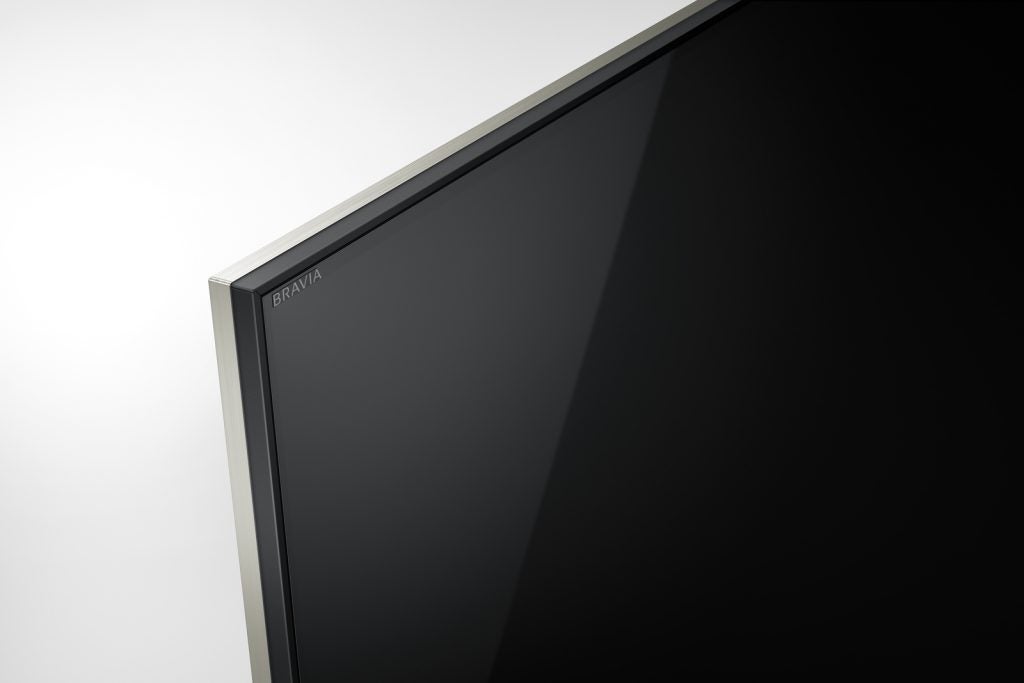
The TV also benefits from Sony’s hatred of cables. The stand cunningly provides channels into which you can tuck all external source cabling, while detachable panels on the attractively patterned rear create a true 360-degree design.
There are more overtly glamorous TVs out there, but the XE9405’s apparent design focus on just letting you get lost in its pictures is just fine by me.
The remote control is less impressive, however. Although it improves marginally on Sony’s borderline unusable 2016 handset, it still crams too many crucial buttons into too small a central area, making it easy to accidentally press the wrong button.
This is especially true if you’re trying to use the remote in a dark room – an unfortunate situation given that this is exactly the room condition where the TV performs at its best.
Related: Sony TVs 2017: what you need to know before you buy Bravia
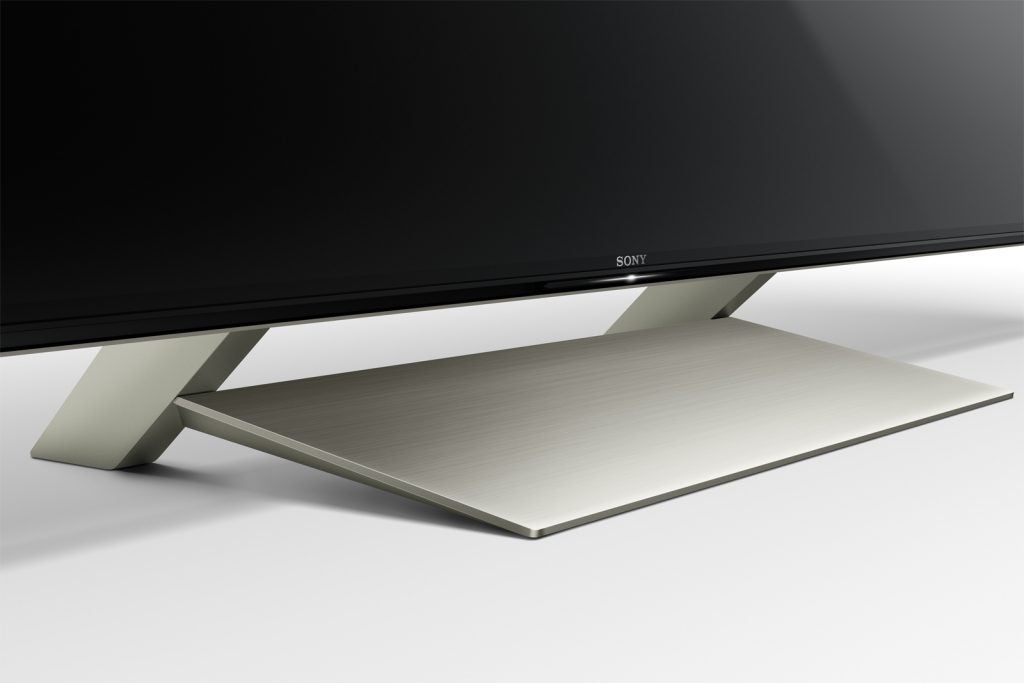
Sony KD-75XE9405 – Features
The Sony KD-75XE9405’s spec sheet reads like a checklist of everything an AV fan would want from an LCD TV.
Its 75-inch screen size is a feature in itself – especially in the context of its sub-£5k price point. But even more tantalising is its use of direct backlighting (where the lights sit directly behind the screen), driven by a local dimming engine. This approach has understandably yielded consistently better contrast and backlight uniformity results than any edge-lighting solution, especially with high dynamic range playback.
The effectiveness of any direct-lit, locally dimmed lighting solution in a TV depends to a large extent on how many individually controllable light ‘zones’ it has. So it’s great to find that the XE9405 hugely ups its zone count from less than 100 on last year’s Sony KD-75XD9405 to more than 250. This should greatly enhance its ability to deliver the right amount of light to different parts of the image.
This TV supports the industry standard HDR10 and broadcast-friendly HLG (Hybrid Log-Gamma) HDR format already, and since it uses Sony’s powerful X1 Extreme processor, it will be receiving an update for Dolby Vision in the coming weeks. Given the mostly excellent results we’re seeing from Dolby Vision 4K Blu-rays so far, this is great news for serious AV fans.
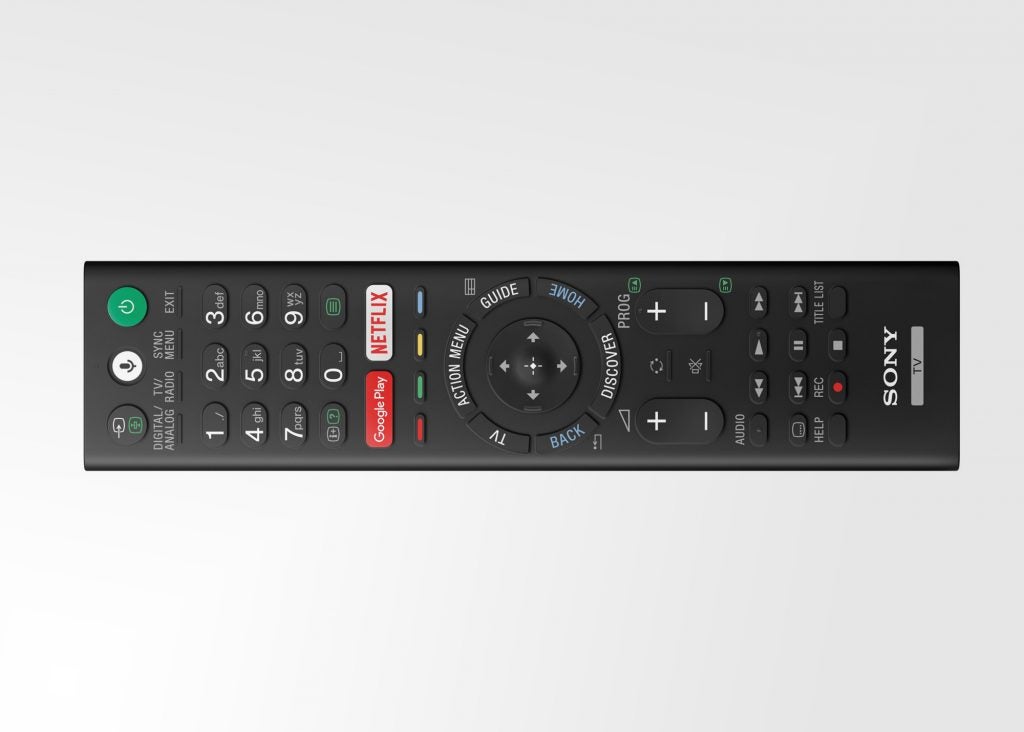
The X1 Extreme processor isn’t just for handling Dolby Vision, of course. Among its many other strengths it carries two separate picture quality databases for improved up-converting of HD pictures to its native 4K pixel count.
It also drives Sony’s consistently outstanding Triluminos colour engine, with its ultra-fine shading and wide colour gamut support, as well as a Super Bitmapping system for removing colour banding during HDR playback.
Smart features are provided by a combination of Android TV and (in the UK) YouView. With Android still not catering for all of the UK’s main terrestrial TV catch-up platforms, the addition of YouView is very welcome – especially since it provides a far more straightforward interface than the cluttered and poorly weighted Android TV menus.
Android TV is at least slightly less prone to crashing than it used to be, and runs passably swiftly on the X1 Extreme platform. It’s still more sluggish than the best smart systems out there, and remains my least favourite smart TV platform.
As you’d expect of a modern TV, the XE9405 can access files from DLNA-enabled devices on your network, and one benefit of its Android TV smarts is that it carries built-in support for Google casting.
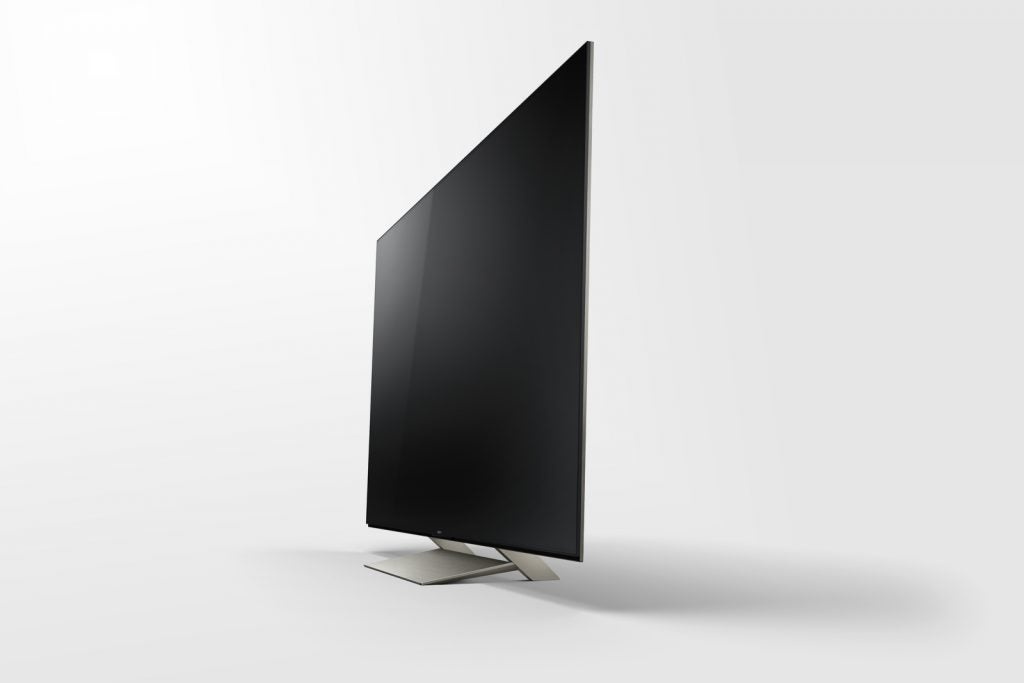
Sony KD-75XE9405 – Setup
Initial setup feels a little long-winded by today’s standards, chiefly due to Sony’s continued use of the cumbersome, firmware update-loving Android TV smart platform. The TV does at least guide you through everything in a straightforward manner, though.
For the most part, as with the majority of recent Sony TVs, the KD-75XE9405 does an unusually good job of automatically determining the best settings for handling different sorts of content. This is likely a function of Sony’s uniquely good sense of how to balance the demands of source material against the capabilities of each of its screens, and because of the processing power squeezed into the set’s ultra-powerful X1 Extreme chipset.
I’d recommend a few tweaks, though. First, you should turn off all of the TV’s noise reduction systems. I’d also recommend making sure the local dimming engine isn’t set higher than medium, and that you don’t set the Black Adjust feature higher than medium. Low reveals slightly more detail in dark areas, but at the expense of a little contrast.
Finally, when watching HDR I’d recommend nudging up the Black Level setting from its 50 default, for reasons I’ll discuss in the Performance section. I settled on 57-58 as the best all-round Black Level setting.
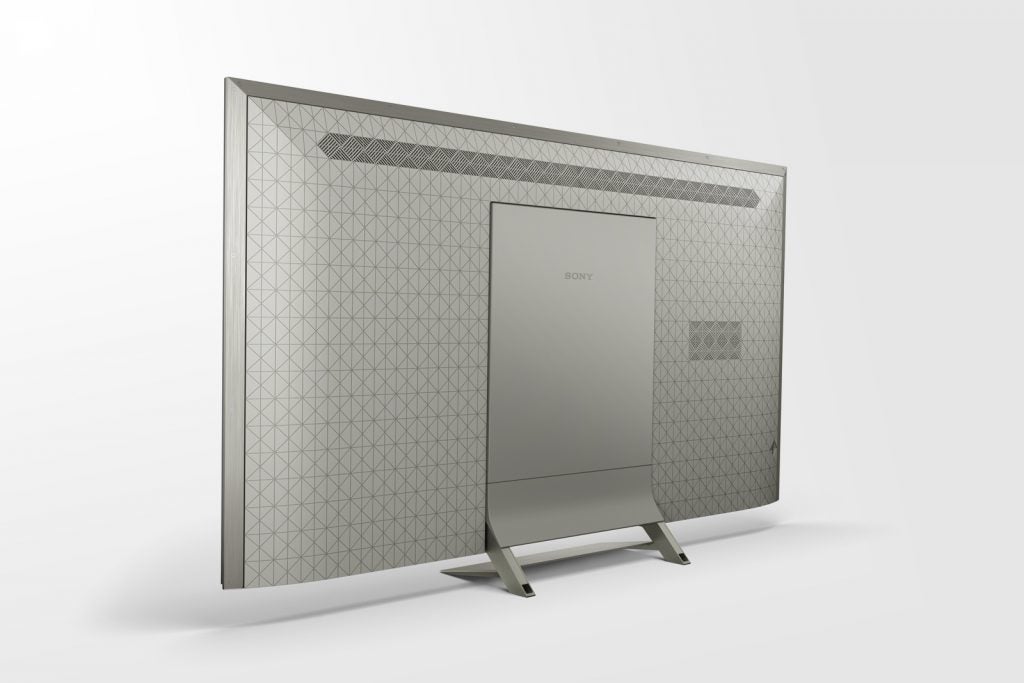
Sony KD-75XE9405 – Performance
The equivalent 75-inch models from Sony’s past three TV generations have all established themselves as firm favourites. The KD-75XE9405 takes things to a whole new level of brilliance.
For instance, increasing the number of dimming zones so much has a transformative effect. No longer are bright objects against dark backdrops surrounded by inches of unwanted light ‘haloing’; now you can see haloing only with the most extreme HDR content. And even when you see it, it’s both less intensely defined and takes over less of the screen than it has on any previous Sony TV – bar the fantastic ZD9 series, which essentially offers more than 600 separate zones of light control.
Reducing backlight ‘pollution’ makes the XE9405 much more immersive during dark scenes than both its predecessors and Samsung’s QLED TVs, which all use edge-mounted LEDs.
The XE9405 has also improved dramatically where brightness is concerned. It measured around 1240 nits of light output from a 10% white HDR window – an increase of almost 40% over 2016’s KD-75XD9405. This greatly improves its HDR performance, enabling it to deliver much punchier HDR peaks, a much greater general sense of HDR’s expanded luminance range, better detail resolution in the brightest HDR areas, and more vividness and range in 4K Blu-ray’s HDR colours.
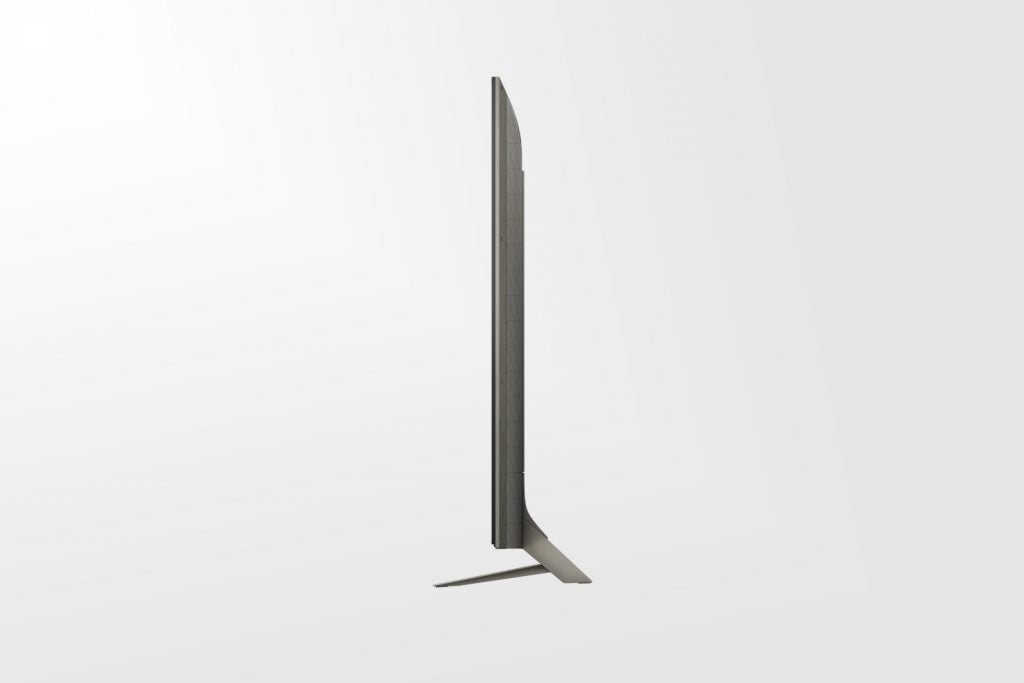
This TV is no rival in brightness terms for Sony’s ZD9 TVs, or the Samsung QE65Q9FAM; its colours don’t have quite so much real-world volume as you get with the Samsung QLEDs, in particular.
It also means that, every now and then, relatively dark objects appearing against bright HDR backdrops can look a little too dark for comfort; like silhouettes rather than perfectly balanced parts of the picture. It’s to counter this issue that I recommend you up the Black Level setting to 57 or 58.
I’ve no doubt that many AV fans will happily trade a little colour extremity and the occasional silhouette for the outstanding contrast and backlight control the KD-75XE9405 has to offer.
This TV also has greater backlight uniformity versus that of QLED TVs. It delivers a more consistent, rich and natural colour performance across all parts of the image, since there are far fewer backlight inconsistencies to worry about.
Triluminos once again delivers a simply gorgeous combination of colour subtlety and punch, bringing both standard dynamic range and HDR images to life with a richness and naturalism that’s almost magical at times.
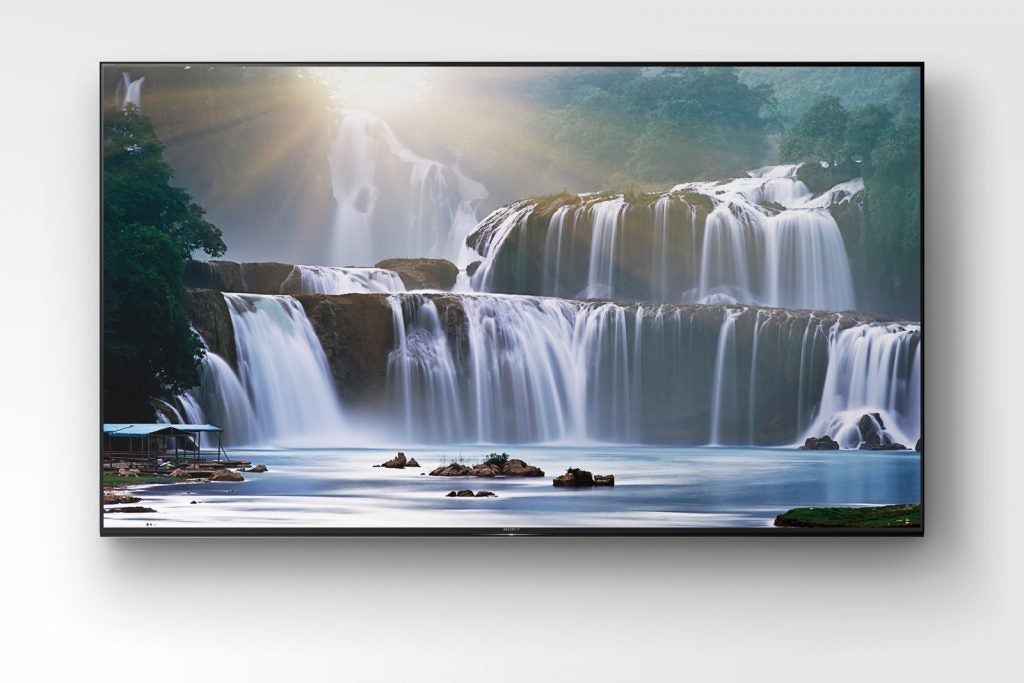
What’s more, thanks to Sony’s brilliant Super Bitmapping processing, colours retain their sense of purity and subtlety in HDR scenes that tend to cause banding with many rival TVs. Classic examples are the clouds around the aliens in Arrival, the underwater shots of Deep Water Horizon, the red skies of Mars in The Martian, and the skies above the camp at the start of The Revenant. There’s no overstating how great it is to be able to watch these movies without the usual banding distractions.
The stellar precision of the XE9405’s colour rendering has two further benefits. One is that it helps the TV better ‘sell’ the extra detail, sharpness and texture of its native 4K resolution. The other is that pictures look more solid and three-dimensional – even though the TV doesn’t actually support 3D.
There’s one other way the XE9405 maximises its 4K resolution: motion control. Sony’s MotionFlow processing has been the best in the business for a few years now, and it delivers the goods again here. The most natural result for films is achieved using MotionFlow’s Clear mode, but for me this makes the image too dark – especially with HDR. Both the Standard and especially True Cinema settings virtually eliminate motion blur without reducing the image’s brightness.
The XE9405 is as stunning for gaming as it is with movies – especially since it backs up its stellar visuals with a strong 4K input lag performance of 23ms. This drops to nearer 40ms with HD games – a result, I can only presume, of its upscaling system. But even 40ms is a pretty respectable effort for such a processing-heavy TV.
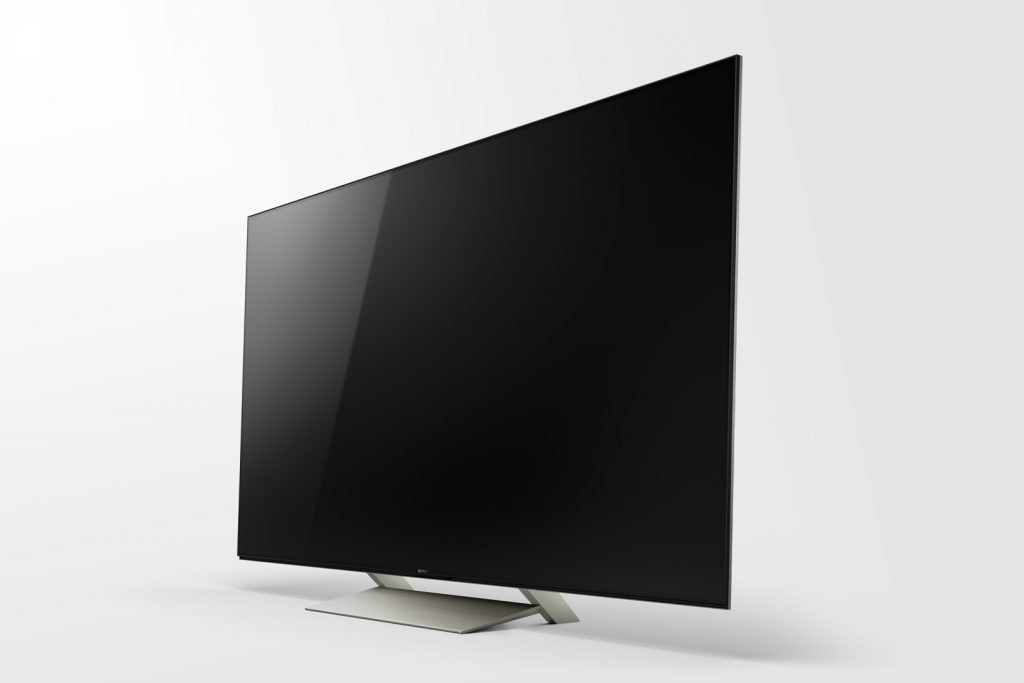
Although the KD75XE9405’s pictures are truly stellar, there are a couple of shortcomings you’ll need to try to work with.
First, since the glassy screen is quite reflective, try to limit the amount of light in your room. Second, try to watch the KD-75XE9405 from as ‘straight on’ as possible, as its viewing angle is seriously limited. Black levels start to fall away pretty dramatically if you find yourself watching from an angle of more than 25 degrees or so off-axis.
Keeping the TV’s frame as thin as it is inevitably doesn’t leave any room for front-firing speakers (there’s no repeat of the acoustic surface ‘the screen is the speaker’ technology used on the Sony A1 OLED TVs). This limits the amount of direct attack its sound can deliver, leaving many effects clearly sounding like they’re coming from behind the screen, not directly out towards you.
However, the speakers are powerful and open enough to deliver a loud, clean and dynamic sound that’s particularly notable for how widely and cohesively the soundfield is dispersed beyond the TV’s outer edges.
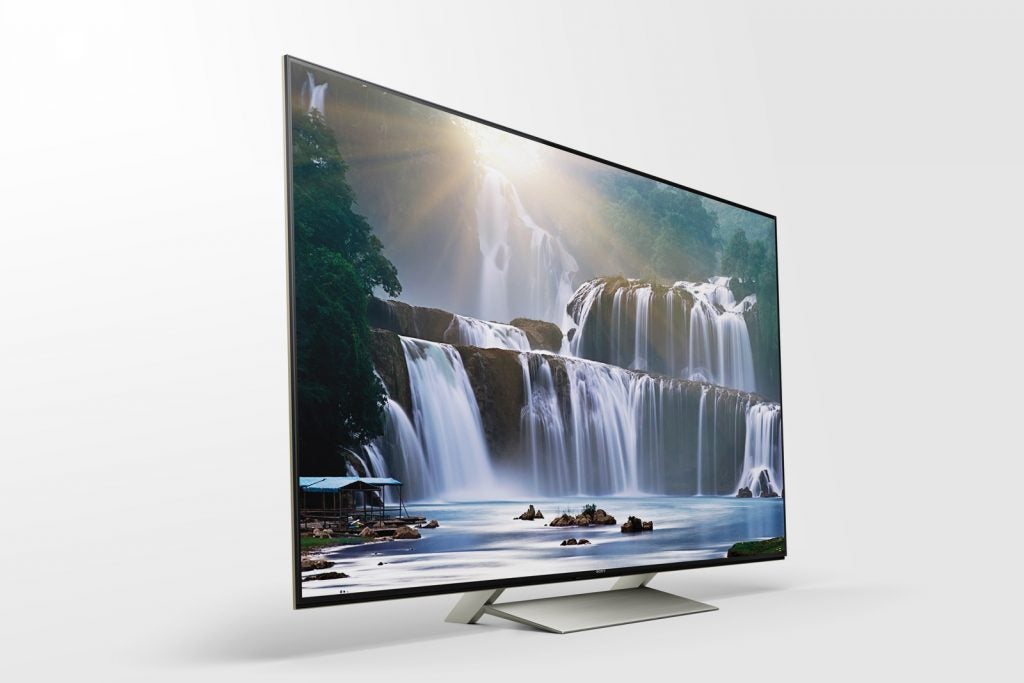
Should I buy a Sony KD-75XE9405?
If you’re willing to compromise your screen size by 10 inches, there are some big-hitting rivals for the Sony KD-75XE9405 this year.
For starters, LG’s 2017 OLED TV range is stunning, finally combining OLED technology’s always-great black levels with HDR-friendly levels of brightness. It’s not nearly as much brightness as you get with the KD-75XE9405, however.
The Samsung QE65Q9FAM, meanwhile, delivers significantly more brightness, although backlight controls are more limited.
Finally, you can now get the 75-inch version of Sony’s blisteringly good ZD9 for around £6,600. Tempting although this is, it’s still £1700 more than the XE9405 – and that adds up to a lot of 4K Blu-rays.
Related: Best 4K TV
Verdict
The Sony KD-75XE9405 is a stunning home cinema display for a seriously tempting price.
How we test televisions
We test every TV we review thoroughly over an extended period of time. We use industry standard tests to compare features properly. We’ll always tell you what we find. We never, ever, accept money to review a product.

